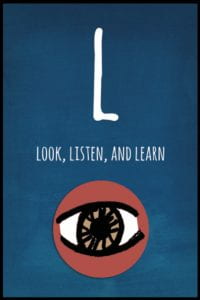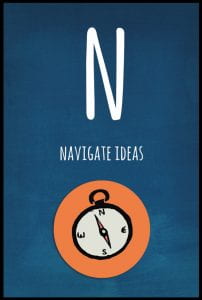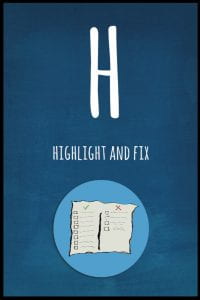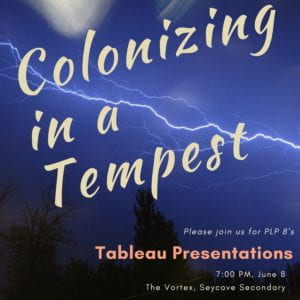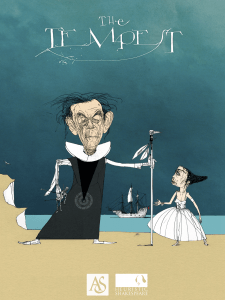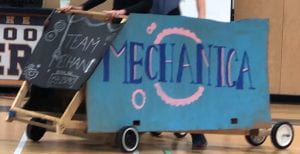Spring Exhibition learning portfolio post
I survived the spring exhibition! What is the spring exhibition? Like the winter exhibition, we presented a bunch of projects that we had worked on, although this time we weren’t in groups. The first project we worked on was the Blue sky project. This was a very interesting project, so I’ll go through by talking about each of the phases of the launch cycle in the order we did them in.
The first phase we did was the look, listen, and learn phase. We did brainstorming to find issues we really cared about and would want to fix. I am a hockey player, and I always end up falling on my butt, but the problem is there isn’t as much padding on the hockey pants as you would think, so I hurt my butt a lot and even sometimes bruise my tailbone, so I chose that as my problem. We then had to do research on how to fix the problem we chose, and summarize it. I summarized my idea, a cushioned pad to reduce the impact of falls, as a blueprint:
The next phase of the launch cycle was the ask phase. We had to make an action plan to schedule what we would do and when we’d do it so that we could stay more organized. Here’s mine:
The next phase was the understand phase. This is where we did most of our research, which we had to get from a primary and secondary source. My primary source of research was interview with local hockey players and one of my hockey coaches. I used the feedback from the interviews to improve my idea. My secondary source of research was the internet, which I used to find things like how big the pad should be and what materials I should use.
The next phase was the navigate phase, where we grouped together all our ideas, and then selected our best ideas, which we would use to make prototypes in the next phase. 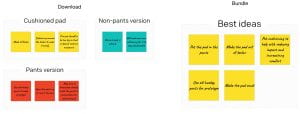
The create phase was the next phase, which is where we had to make prototypes based off of all the research and idea grouping we did. Here is what some of my prototypes looked like: 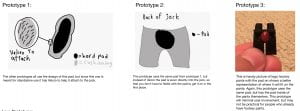
I got some people to test out my prototypes, and used their feedback for the next phase.
The next phase was the highlight phase, where I took the feedback I got and used it too improve the prototype. The original pad was this: 
The feedback I got was along the lines of “the padding works, but it falls off too easy.”. I tried it myself and found this to be a problem, so I added some Velcro, and there was my final product: 
That was a brief summary of my blue sky project, what I presented during the exhibition is right here. What I actually put in my launch journal is here.
In reflection, the blue sky project was a great experience, because it was cool to actually create something to fix a problem you had instead of whining about it, and it will definitely be useful later on if you are going to be creating products of any kind. That was only one of my projects I had to present however, we also had a science project to do. 
As you can see, the science project is about space probes. We had to choose a space probe, find out different facts about it and stuff like that. The main thing it was about, however, was different frequencies and wavelengths. There were questions we had to answer like what kind of wavelength the probe took pictures in, stuff like that. We also had to find a picture and get when it was taken, what it was, how far away the object in the picture was, and what wavelength it was taken in. In reflection, I guess it was good, because knowing about wavelengths and different kinds of light is important.
The third and final thing we had to do was present our time machine. I’ve already made a separate blog post on that, so go and check it out! Anyways, that’s my reflection on the spring exhibition, which as a whole was a very good and educating experience, happy summer vacation!

